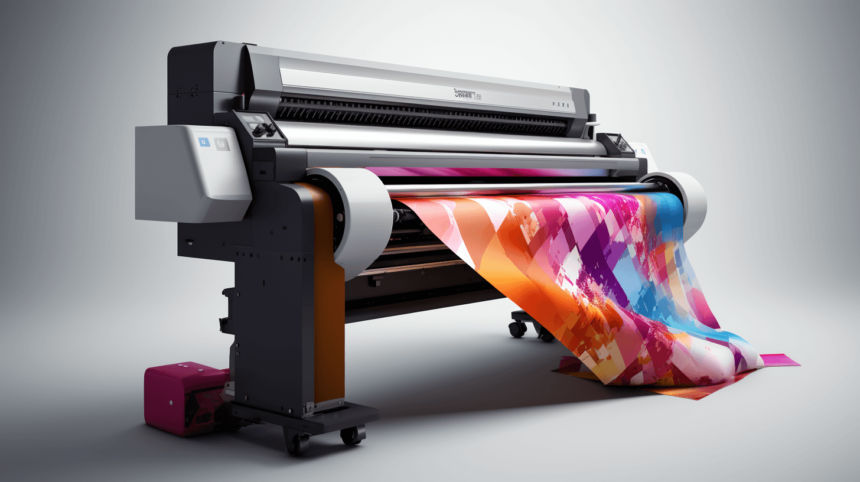Introduction
In recent years, direct-to-film (DTF) printing has become a preferred choice among individuals in the printing industry due to its efficiency and versatility. However, like most printing methods, DTF printing can be costly, requiring a steady ink supply. In this blog post, we will delve into some practical strategies to reduce expenses on DTF printer ink without compromising quality or productivity.
-
Comparing Prices of Printer Inks
One way to cut down on DTF printer ink costs is through comparison shopping. With a growing number of suppliers in the market, thorough research and evaluation of options are crucial. By doing this, businesses can discover lower prices while maintaining quality. It’s important to factor in warranty periods and customer support when selecting.
-
Procuring from Multiple Suppliers
Businesses can save significantly on the expenses of direct-to-film printer inks by sourcing their supplies from multiple providers that offer flexibility and enable consistent price comparisons between vendors. Moreover, reliable sources ensure a seamless supply chain despite unexpected or supplier shortages.
-
Enhancing Ink Efficiency through Calibration
Ensuring you calibrate your printer correctly is vital to maximizing ink usage efficiency and minimizing waste when printing. Many modern DTF printers come equipped with software that assists in color calibration, allowing for adjustments based on image needs. This feature will enable you to conserve resources by reducing ink consumption while maintaining accurate color quality.
-
Mindful Management of Print Quality Settings
Another cost-effective method for using DTF printer ink efficiently involves managing print quality settings. If your business typically produces prints for use or temporary displays where exact precision is not crucial, consider adjusting the printer settings to lower ink usage. Decreasing print quality or opting for draft mode can result in savings without compromising readability or appearance for critical prints.
-
Implementing Print Monitoring and Scheduling Practices
To control your DTF printing costs better, consider implementing systems that monitor ink usage and strategically schedule printing tasks. By analyzing the data provided by these monitoring tools, you can pinpoint areas where ink savings are possible and optimize workflows accordingly. Additionally, grouping print jobs and scheduling them during time slots can maximize each print run’s effectiveness while minimizing ink consumption.
-
Vendor Loyalty Programs and Bulk Purchasing
Businesses that regularly engage in large-scale DTF printing should consider exploring vendor loyalty programs and bulk purchasing options. Many suppliers offer discount programs or special pricing for customers who make purchases. Establishing relationships with vendors in the DTF printer ink market can allow businesses to enjoy cost-saving advantages through regular discounts on bulk orders.
-
Recycle and Refill Ink Cartridges
Another practical cost-saving approach for DTF printer ink is to look into recycling and refilling ink cartridges. Several suppliers provide services where you can send your cartridges to be cleaned, refilled, and returned at a fraction of the cost of buying new ones. Reusing cartridges helps reduce waste and significantly saves ink expenses over time.
-
Invest in High-Quality Ink
Investing in high-quality ink may seem contradictory when aiming to save money, but it can lead to long-term cost efficiency. While cheaper alternatives may appear attractive due to lower costs, they often result in compromised print quality, increased maintenance requirements, and higher ink consumption. By opting for well-known ink brands that offer better outcomes and prints that last longer, companies can steer clear of frequent changes in cartridges and expensive reprints caused by compromised quality.
In Summary
By incorporating these impactful strategies, businesses can significantly reduce their expenses related to DTF printer ink while upholding a top-notch output standard. Companies will discover substantial savings over time by comparing options sourcing from providers, fine-tuning ink usage through calibration and print quality supervision utilizing print monitoring systems, and delving into vendor loyalty programs alongside bulk purchases.






